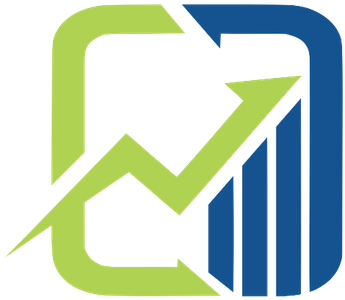In the modern landscape of financial information dissemination, platforms often present themselves as neutral, reliable sources of insights. However, beneath this veneer of objectivity lies a complex web of commercial interests and potential biases. Many websites explicitly disclaim responsibility for the accuracy of their content, emphasizing that their materials are merely educational or research-oriented rather than actionable advice. This disclaimer serves as a legal shield, but it also raises questions about the genuine reliability of the information. Investors, especially novices, may interpret these content pieces as guidance, which can be perilous given the textual hedging, caveats, and disclaimers included. The reality is that many of these platforms depend financially on advertisements, third-party promotions, or sponsored content, subtly influencing the nature and tone of the information they publish.
The Dangers of Overconfidence and Blind Reliance
A critical issue with many financial content providers is the tendency to foster overconfidence among their readers. While they highlight the risks associated with complex financial instruments like cryptocurrencies, CFDs, and derivatives, the language used can sometimes downplay the inherent dangers. Phrases such as “high risk of losing money” are often buried within lengthy legal disclaimers and fine print, which many casual readers tend to overlook. This can lead to overestimating one’s knowledge or underestimating the volatility of markets. The inherent dangers of trading financial instruments, particularly those with leverage, are glossed over or minimized, giving an illusion of safety and control. When viewers fail to grasp the seriousness of these risks, they may proceed with investments ill-prepared for potential losses, often exacerbated by the aspirational or sensationalized tone of some content.
The Ethical Responsibility of Information Providers
Given the influential role these platforms play, the ethical responsibility they bear cannot be overstated. Transparency about conflicts of interest, clear communication of risks, and honest portrayal of market realities are essential for maintaining integrity. Yet, many sites prioritize user engagement and page views over thoroughness and honesty. They often include promotional content and paid advertisements for third-party services, subtly nudging users toward specific brokers or trading platforms. This blurred line between information and marketing, if unchecked, can compromise the trustworthiness of the entire ecosystem. As consumers of such content, we must critically evaluate the motives behind what is presented to us, recognizing that not everything labeled as “educational” or “research” is free from bias or commercial influence.
Empowering Investors Through Critical Thinking
Ultimately, the most effective safeguard against misinformation and unwarranted risk lies in cultivating a mindset of critical inquiry. Instead of passively absorbing content, investors should actively scrutinize sources, cross-reference facts, and understand the tools and instruments they consider trading. Relying purely on online articles, especially those laden with legal disclaimers that muddy clarity, is a dangerous shortcut. Personal due diligence and the consultation of independent financial advisors are non-negotiable steps toward responsible investing. Recognizing the limitations of the information available — often marked by disclaimers and regulatory warnings — empowers individuals to make more informed, cautious decisions. Investing, at its core, demands humility and vigilance, not blind trust in digital content that may be more about protecting platform interests than empowering the user.

